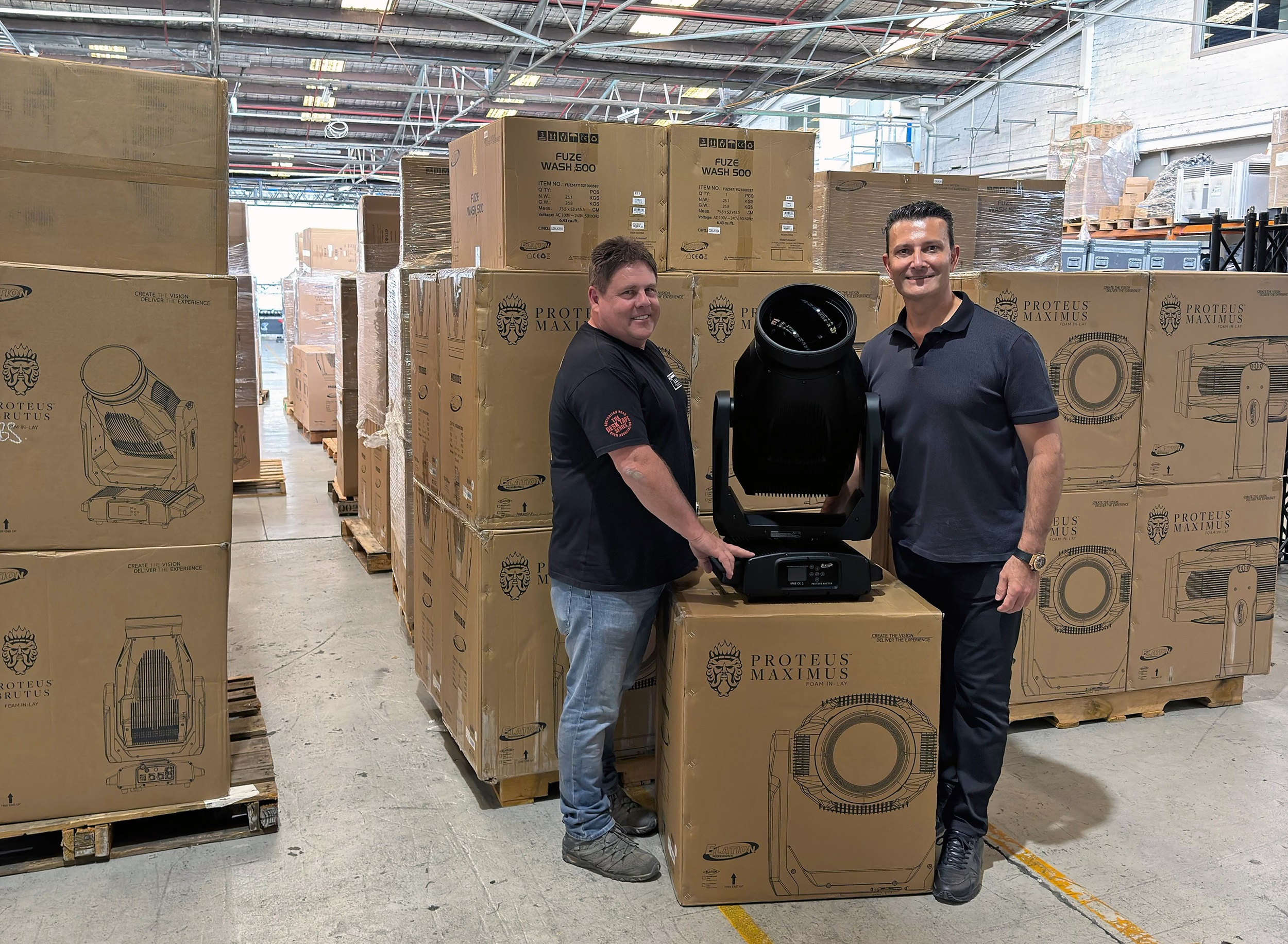LONDON — A projection by XL Video UK illuminated a variety of responses to a two big questions posed by artist Martin Firrell on the exterior of St. Paul’s Cathedral. The questions posed were, “What are the things that make life meaningful, and what does St. Paul’s mean in contemporary contexts to us in 2008?” The Dean and Chapter of St Paul’s commissioned the installation, called “The Question Mark Inside,” to help mark the 300th anniversary of the “topping off” of the iconic structure’s dome. It involved projecting video texts onto three separate locations at the Cathedral — the dome, the west face, and the Whispering Gallery inside the cathedral
Firrell’s text included blog postings from the public plus comments from interviews he conducted with some of the U.K.’s foremost thinkers and his own observations.
Firrell has relied upon XL Video to provide technical solutions on previous projection projects at the Royal Opera House and the National Portrait Gallery, so Firrell and his production manager Simon MacColl once again approached XL’s Des Fallon for the St. Paul’s project.
To light up the exterior of the cathedral’s dome, XL rigged three Christie Roadster 20+ projectors on the roof balcony of the Goldman Sachs building, in line with Millennium Bridge, which crosses the River Thames. XL projectionist Andy Joyes commended Goldman Sachs’ support for the project.
The projectors were overlaid to produce one very bright, 35-meter-wide image, beaming single words onto the base of the dome, along with a sweeping blue line — Firrell’s signature.
XL also used three Catalyst digital medias servers — one at each location — to store and run the 200-plus text video files and to achieve the warping effect to help wrap the text around the dome’s curve.
For the cathedral’s west façade, XL positioned three Barco FLM 20s driven by a Catalyst system behind the Queen Anne statue on a scissor lift platform. A dedicated generator powered the projectors and media server, and the gear needed to be dismantled for each night during the eight-day installation and set up anew the next day.
The 20 meter throw distance required some seriously wide angle .8 lenses, and the projectors were triple stacked and angled at 45 degrees. The keystoning produced by the lenses helped the images reach the top of the building. The Barco’s onboard warp facility was then used to converge the images passing through the .8 lenses, with the keystoning of the full image then corrected in Catalyst.
The total image size at this site was 26 meters high and 20 wide. The text paragraphs and comments were lined up precisely to fit the frieze on the front of the West Face. British architect Christopher Wren had originally intended for this space to contain some decoration, but this detail was never completed, so it “made sense architecturally” to use the space, according to Firrell.
The blue lines were carefully mapped in Catalyst to appear only on the eight pillars of the façade.
Within the cathedral, XL’s choice of gear was limited because the projectors had to be carried by hand through the access tunnels, and some of the units couldn’t physically fit. The largest machines they could squeeze through were Barco R12 SLMs, so two of these and a G10 were rigged on a scaffolding projection tower 10 feet above the Whispering Gallery floor. These were triple stacked with images overlaid to create the 19-meter-wide image texts projected onto the Gallery’s inner curve, covering half the diameter of the space.
The Catalyst was used to counter-bend the image so the texts all appeared straight. This location ran throughout the day and was switched on and off via the pre-programmable Catalyst timer to coincide with various services taking place in the Cathedral.
For more information, please visit www.xlvideo.tv.


